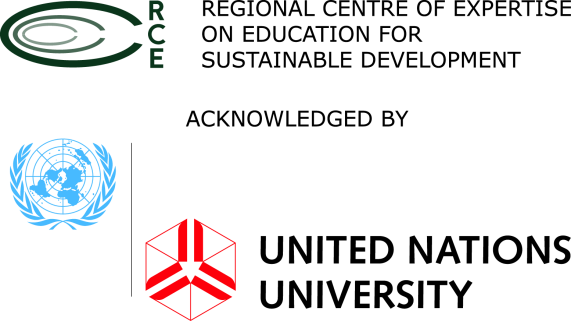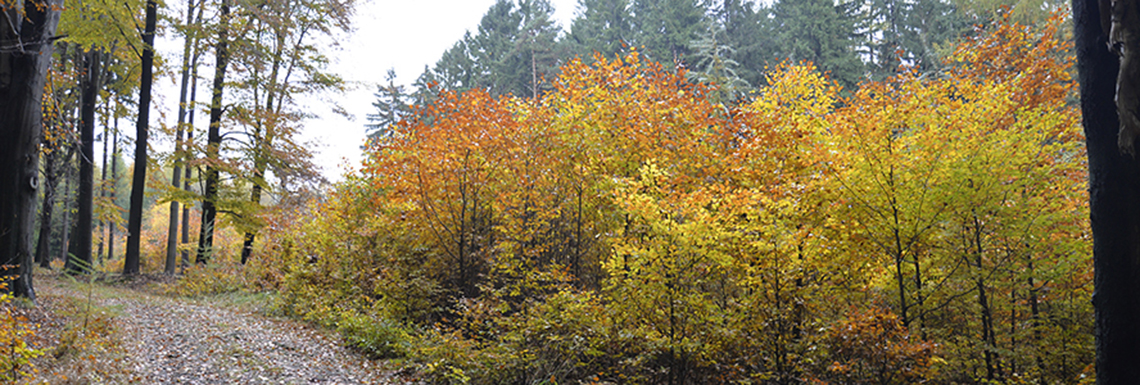Minutes of European RCE meeting held at the Global RCE Conference in Cebu, during the Regional Parallel Sessions: Saturday, 8th December 2018, 9:00 - 10:30, Cebu
Discussion:
Despite our individual strengths, we must profile RCEs to European Union. This is due to the need to raise our impact, use the opportunities of fundraising on EU level, and last but not least to be able to solve our problems ourselves (as a rich region, we should restrict our communication with and demands raised to the UN Service centre). RCE community has already proven that it has reached certain magnitude – now the issue is not growing number of RCEs, but profiling ourselves, find our systemic place in society.
These our vital interests may be associated with the EU policy to get forward – which is cohesion policy relevant also for us. We should consider how we could help EU to achieve the goals and prepare for the next period. EU is inviting the whole of EU community, and we can jump in (practically: study what are their aims, analyse how we can help, and based on this analysis ask for financial support).
EU cohesion policy is split in 3 parts:
- EU social fund – for people (minorities, immigrants)
- Cohesion funds – SD and keeping together
- Fund for regional development – most relevant for us, EU tries to give money to the regions. However, taking local people into consideration is a big challenge (but we are bottom-up working). We could Profile ourselves as helping less developed regions. Inspiration: there are 61 euro-regions promoting cooperation or trans-border cooperation such as Tyrol region in Italy- Austria – happy EU accepting their projects.
Besides EU and its funds, we should also make ourselves visible within different national and international platforms:
- The example is the UNECE (Steering Committee for ESD). We can develop and deliver some proposals through them so that there will UNECE support behind them (Michel Richard is a member of the UNECE – he can inform us).
- Partnerships with other surrounding countries, organize sub-regional meetings (Scandinavian) – to act more cooperatively.
- We should think how to be represented throughout Europe, but there are also “empty countries” (we should find partners who are working there)
- UN platform is an opportunity to express opinions (more than before after the Brexit)
- European Environmental Bureau (EEB) – umbrella NGO organization for lobbying on EU level
Areas of activities
In principle, RCEs are working in 2 areas:
- Regional development – mentioned above. We want to achieve large shift in the International policy paradigm – from centrally developed policies to localities.
- ESD as not mainstream education – all innovative and transformative approaches under this framework:
- Working with other than cognitive domains – developing feeling of connectedness (which is emotional domain) – this may be a key for our work, and we can address SD this way
- Vocational education – craft people, sustainable solutions. Case study of the region in Denmark. Building industry is changing due to education (33 % of energy into this field).
Common themes and sustainable solutions
Four points how to work together and with other regions:
- Continue TVET
- Working with older learners (other target groups, not only children; especially elderly given the demography). We should focus less on university education, go over to other forms of skills and target groups. The prestige is for university education but we need a shift to inclusive education.
- Climate change – better education content, public awareness, civic engagement, governance. Example – Scottish government supports free courses, lot of partners, not just school children, but also active retired people etc. Running since March, Learning for Sustainability (LfS) can write a case study.
- ESD itself – it is shaping up as antrophocentric concept, but we also need environmentally oriented, that can develop complex thoughts and focus on ecosystems.
Three levels of representation (RCE could link with all these dimensions):
- RCEs & HE. Thus we can show the power of RCE: as a network of networks we can engage beyond higher education – many initiatives already exist. Need to identify partners in the areas which we want to reach.
- Formal education – to reach through Foundation for environmental education (Global ecoschool programme) – primary and secondary schools
- NGOs – to work internationally through European Environmental Bureau (EEB). Also vocational, older learners can be reached through NGOs working on the ground
Case studies – identify good practice within EU RCEs: what and how is being done already, for whom and what worked, what did not work. Case studies can be used to replicate good practice and to identify gaps (e.g. food waste – if nobody can identify with this theme, then we need this). We will receive a picture where we are making an impact, demonstrate the power of partnerships – this is also a selling point of RCEs (reason to engage with us). This can be published in a UN book – mapping what is going on and where are the gaps (edited by UNU).
Minutes taken by Jana Dlouhá, 8th December 2018.





